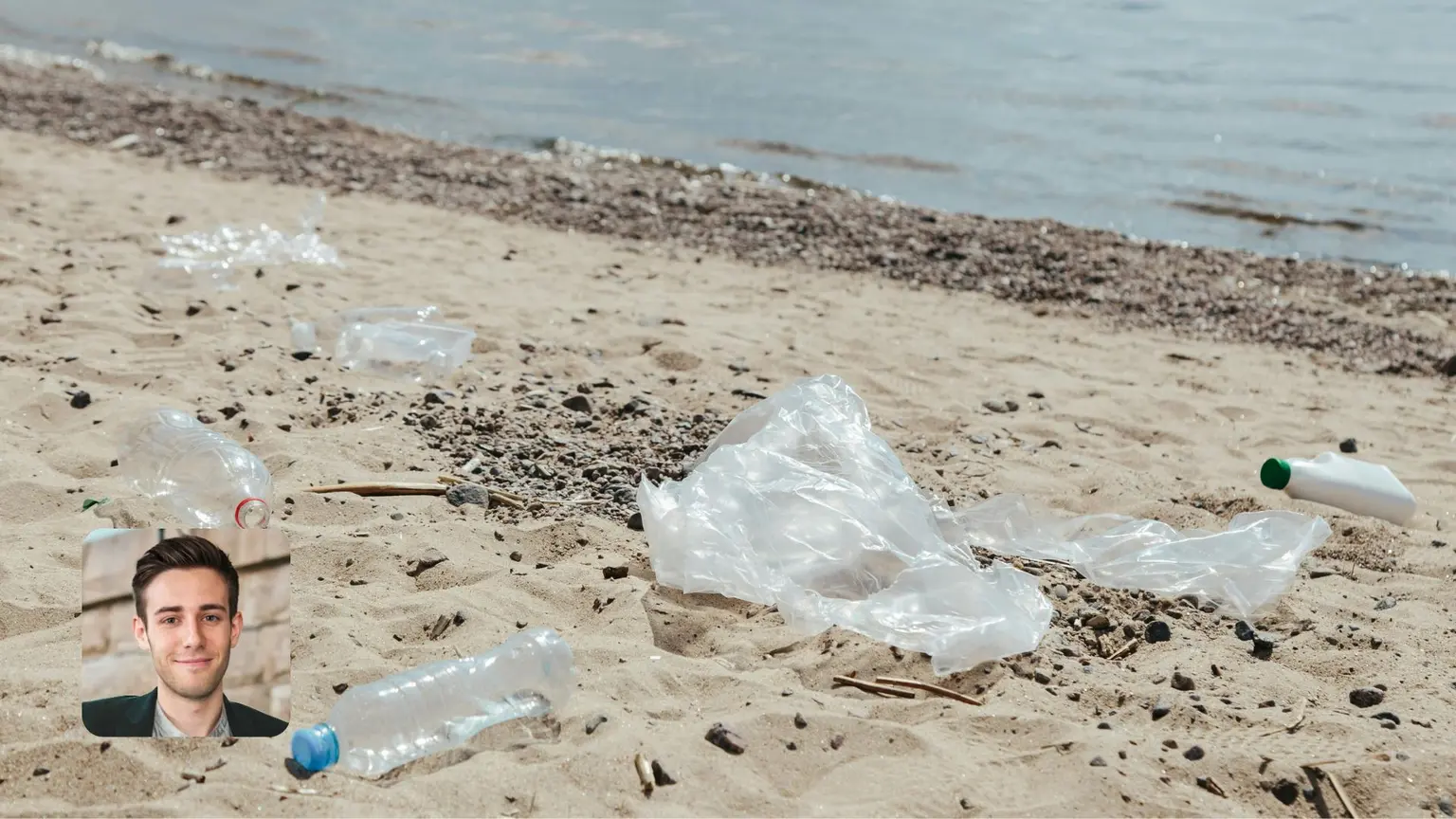Ocean-cleaning innovations are addressing the urgent problem of marine pollution. Engineers, scientists and community activists are developing scalable solutions like AI-powered drones and biodegradable systems.
They are driving the movement with more innovative tech, stronger policy support and global partnerships to protect marine life and rebuild ecosystems.
1. AI-Powered Autonomous Drones
Artificial intelligence transforms marine waste management by improving pollution detection and cleanup. Machine learning and computer vision tools analyse large datasets to track waste patterns and direct drones and underwater vehicles to high-priority areas.
These systems use data on currents, wind, and human activity to predict debris movement. AI continues to evolve in marine environments, where rough conditions and limited data pose challenges. Still, ocean experts and tech developers work together to strengthen its reliability for long-term ocean restoration.
2. Ultrasonic Sensor and Imaging System
New sensor-equipped buoys monitor marine debris in coastal areas using ultrasonic technology to measure waste levels through soundwave response time. The system gauges debris levels and transmits data in real time. It notifies authorities with images and geolocation data when debris surpasses preset thresholds.
Ultrasonic sensors detect debris accumulation and send alerts instantly. This setup supports early intervention by providing both visual and location-based evidence.
3. Solar-Powered Ocean Skimmers
Solar skimmers blend renewable energy with mechanical collection to remove oil spills in remote waters. These devices work independently, using solar panels and batteries to power collection even when far from shore.
Performance hinges on pairing every skimmer with a compatible pump. Brush skimmers handle heavier oils best, while mop and disc skimmers excel with lighter slicks. The right pump boosts oil recovery and trims response time, making this method an efficient option for marine‑pollution control.
4. Microplastic Filtration Systems
Microplastics threaten marine ecosystems and existing removal technologies struggle to keep up. Current solutions include filtration, magnetic separation and biodegradation, but all come with limitations like high costs or low efficiency.
To improve results, researchers are shifting toward greener approaches. This encompasses zero-waste filtration systems, recyclable materials and biodegradable plastics. All of these aim to lessen environmental impact while tackling microplastic pollution.
5. Robotic Seafloor Cleaners
New robotic cleaners are addressing submerged marine waste using onboard cameras and AI to detect and gather debris. The robots load material into baskets and deliver it to base stations for recycling. Inside each unit, mechanical gates ensure the materials identified by the cameras are directed into the appropriate compartments, enhancing recycling efficiency at the base station.
Sensors track water quality and alert teams to harmful changes. By generating detailed pollutant data, the robots inform stronger environmental policy and raise awareness, leading to cleaner, safer waters.
6. Biodegradable Cleanup Materials
Plastic ends up in the ocean and affects the entire ecosystem, from tiny plankton to fish and sea turtles. Traditional cleanup tools often leave synthetic waste behind, but biodegradable options now offer a better path. Plant-based nets, booms and sorbents break down over time, supporting effective cleanup without harming wildlife.
These tools help prevent microplastic buildup and protect marine life. They move ocean restoration toward sustainability and align cleanup methods with long-term ecological safety.
7. Oil Spill Bioremediation
Bioremediation tackles oil spills by employing biological agents or microbes to decompose and eliminate pollutants. These living organisms clean up contaminated water and soil by digesting harmful substances.
Microbes serve as natural allies in environmental restoration. They help repair damage from oil spills, polluted groundwater and industrial waste, offering a scalable solution rooted in biotechnology.
8. Circular Economy Partnerships
Plastic pollution demands more than cleanup — it requires a complete shift in systems. The circular economy model reduces waste through recycling, reuse and material recovery. This strategy has gained traction as companies respond to the marine plastics crisis.
A circular approach strengthens ocean protection by changing how industries use resources. The ocean — covering 70% of the planet — remains central to life, and sustainable solutions must reflect that urgency.
9. Floating Trash Barriers and Conveyor Belts
Engineers now build floating sea bins with non-return flaps to trap plastic near coastlines. These aluminum structures float in water, allow current to flow and block debris from escaping.
Thanks to its lightweight and corrosion-resistant design, each unit runs without power. The flaps operate smoothly to ensure constant trash capture without disrupting waves or marine life.
Charting a Cleaner Future
Ocean-cleaning innovation in 2025 is more than experimental — it's operational. We now have access to innovative, scalable solutions that are sensitive to nature’s rhythm.
Whether you’re involved as a policymaker, volunteer or everyday supporter, your role in this global effort matters. As technologies continue to evolve, so does your ability to act effectively. Together, we’re charting a future where the ocean becomes not just cleaner, but truly resilient.
You may also like...
Sign up for our newsletter
Get the latest sustainability news delivered directly to your inbox.






